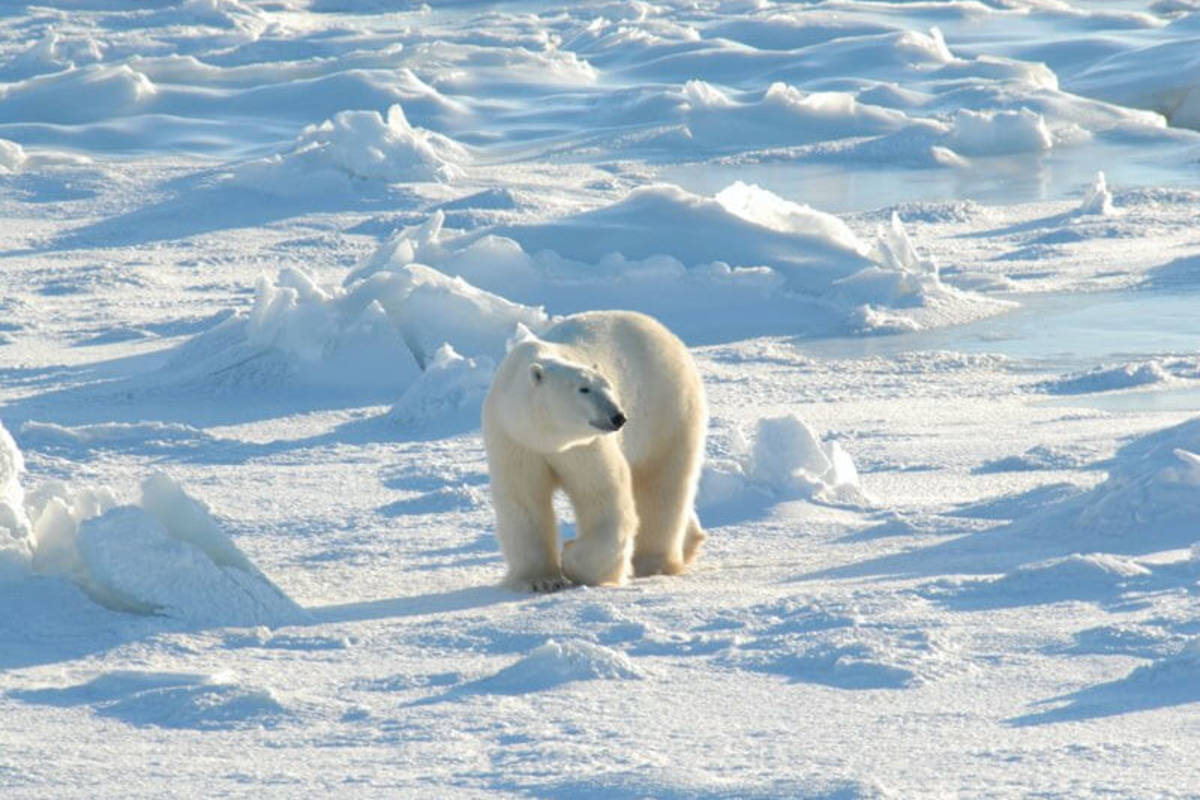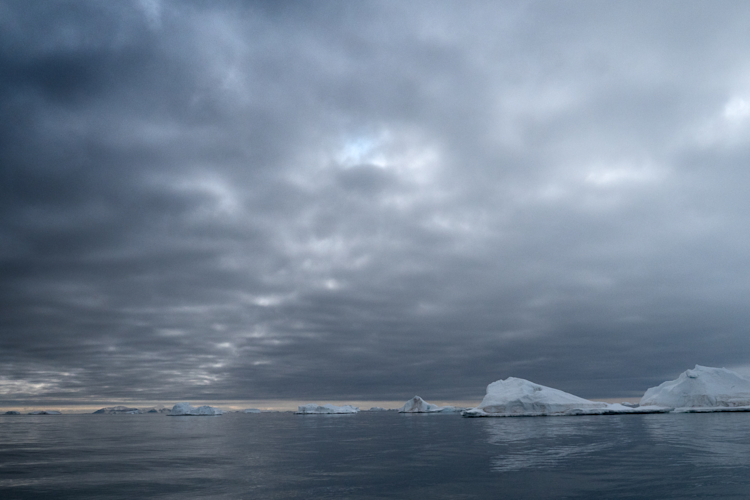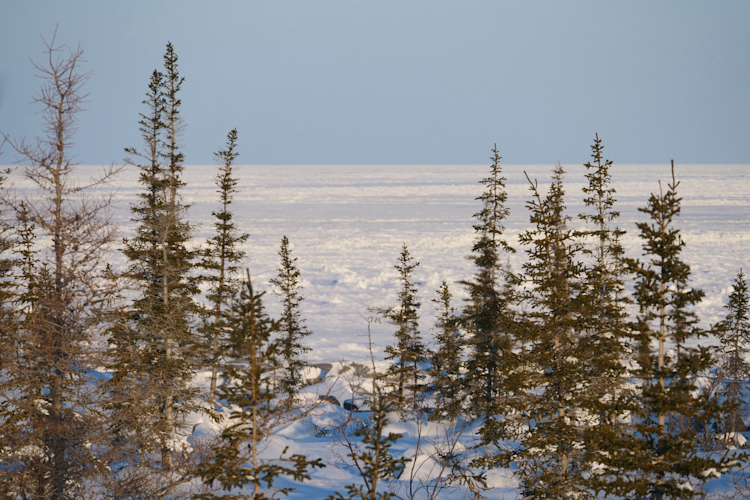
Photo: Valerie Beck / Polar Bears International
Why We Can't Move Polar Bears to Antarctica
MINS
19 Jan 2021
"Although it sounds like an easy solution, the risks of relocation far outweigh the benefits.”
This question comes up from time to time. While the concept may seem to have merit intuitively, a closer examination indicates that it is not a simple solution and includes a great deal of risk. In general, translocating or introducing polar bears into Antarctica would be extremely unwise for a number of reasons, some of which follow.
Such an introduction runs counter to the well accepted principles of natural biodiversity management. Sadly, history is replete with examples of species introductions resulting in significant harm to native species and the disruption of entire ecosystems, including: rabbits in Australia, the mongoose to Hawaii, the brown tree snake to Guam, foxes to the Aleutian Islands, and various invasive plant and aquatic species.
The Global Invasive Species Programme (GISP) of the IUCN has the following summary of potential impacts: "Invasive non-native species can harm individual native species or even entire ecosystems, and thus also impact those who depend on natural systems for important resources and products. Unlike other kinds of pollution, these 'biological pollutants' can actually increase in abundance over time and force out native species – by competing with them (for space, water, or food), by eating the native species, spreading new diseases, or so altering the habitat that the native species can no longer survive. In fact, the impacts of non-native species are now recognized as second only to habitat alteration as a factor in the decline and extinction of our American flora and fauna."
Native wildlife species who reside in or seasonally use Antarctica are generally naïve to surface predators, including resident seals and penguins.
In general, polar bear predation could result in unanticipated and catastrophic consequences to prey species, particularly naive prey species.
Penguins would be easy prey for polar bears. Predation of penguins, especially on their breeding grounds, could rapidly devastate their populations.
Potential disease pathogens could be either introduced from the Arctic by the bears or be present in Antarctica and threaten the bears. Wildlife in both regions are considered to have naïve immune systems as they have been historically isolated from sources/vectors due to their remote locations and the extreme environmental conditions that persist in winter months.
Although terrestrial and sea ice declines initially lagged behind ice loss in the Arctic, the Antarctic is quickly catching up. From 1979 to 1990, Antarctica was losing ice at a rate of around 40 billion tons per year. However, ice loss in Antarctica is now 150 billion tons per year—nearly four times higher than the former rate. In the long run, Antarctic species will be facing similar habitat loss issues as Arctic species.
Relocation would also violate a number of national and international laws or treaties. Many countries go to great lengths to restrict the import or introduction of exotics into sensitive ecosystems. Because of the relatively simple nature of the Antarctic ecosystem, it’s easy to imagine this being thrown out of balance with the introduction of a new top predator.
While well intentioned, such solutions avoid addressing the primary threat to both the Arctic and Antarctic ecosystems: climate change. We need to all turn our creativity and our passion towards the rapid reduction of burning fossil fuels for energy while transitioning to clean, renewable sources.
Please visit the Become Part of the Solution section of our website to find out how you can get involved in protecting the polar bears’ future and our own. Also check out our Advocacy Toolkit.

Photo: Jenny Wong
Meet Our Scientists
With researchers based in the U.S., Canada, Denmark, and Norway, our impact spans the circumpolar Arctic.
















